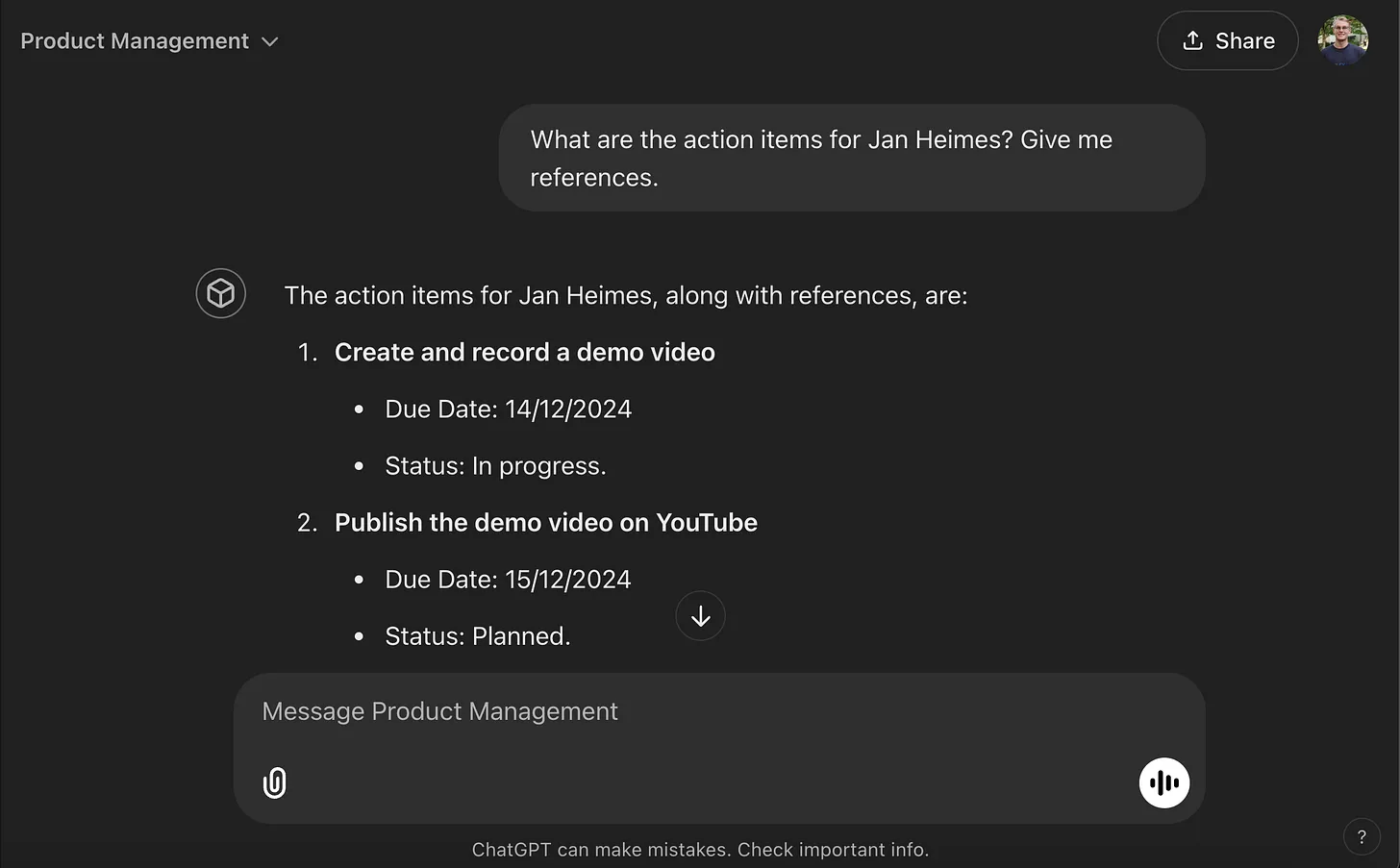Why Needle's Reference System Outshines OpenAI's Approach
A deep dive into how Needle's innovative referencing makes AI-assisted content generation more transparent and user-friendly
8 min read
Introduction
When it comes to AI-assisted content generation, references are everything. Whether you're working on a business project, academic research, or anything in between, you need to know where information is coming from. Not all referencing systems, however, are created equal.
In this post, I'll take a closer look at how OpenAI handles references compared to Needle's approach and explain why our solution is a step ahead in terms of usability, clarity, and transparency.
The OpenAI Reference Style: Numbers Without Context
While OpenAI has made strides in enabling users to work with private data through features like the ability to manually add files to a ChatGPT conversation, the experience still has limitations. You can ask questions based on your uploaded documents, but the referencing system often falls short. If you've worked with OpenAI-powered tools, you've likely seen references like this:
01:01
Or just no references. I downloaded a Confluence page as a PDF to manually compare how ChatGPTs references work compared to Needle.

Even if I prompt explicitly to give me references no references are given back.

This system points to specific locations in a source document. While it gets the job done in certain contexts, it's far from user-friendly. Here's why:
- No Immediate Meaning
To understand what they refer to, you'd have to manually find the document and scroll to the right spot. - Not Interactive
You can't click these references to instantly access the source, which can be frustrating if you're dealing with a lot of information. - Confusing with Multiple Documents
When multiple sources are involved, these labels don't make it clear which document they point to, let alone what part of it.
The Needle Difference: Clickable, Contextual Overlays
At Needle, we've taken a different approach because we believe references shouldn't be an afterthought. They should be a seamless part of the user experience. Here's how our system works:
)
- Overlay Integration
Our references appear as overlays alongside your content. They're easy to find and don't clutter the text. - Clickable and Interactive
Clicking a reference takes you directly to the exact spot in the source material. No more manual searching or scrolling. - Contextual Clarity
Instead of vague numeric labels, our references include descriptive snippets or short summaries so you know exactly what you're looking at before you click. - Streamlined for Multi-Document Workflows
When you're working with multiple sources, our system indicates which reference belongs to which document, making it easy to keep track of everything.
Why Better References Matter
1. Trust and Transparency
In a world where AI can produce massive amounts of content in seconds, trust is critical. Good references give users confidence in what they're reading by showing where the information came from and how to verify it.
2. Improved Efficiency
Nobody wants to spend precious time hunting down the origin of a piece of information. Needle's clickable references eliminate that hassle, saving you time, especially when dealing with long or complex documents.
3. Easier Collaboration
Clear references also make team projects smoother. Instead of sending your colleague's cryptic labels like "16:16," you can share direct, clickable links to the exact source material. It's faster, clearer, and cuts down on mistakes.
Conclusion
OpenAI's innovations are undeniably impressive, and their ability to raise substantial funding has allowed them to push boundaries in AI. However, when it comes to referencing, a feature more complex to implement effectively than it might seem, we're proud to say that Needle is doing a better job.
At Needle, we've made it a priority to design a referencing system that feels natural to use, offering the clarity and precision users need without added friction. Our seamless, intuitive approach shows that sometimes even smaller teams can outperform giants by focusing on thoughtful design and practical usability.
If you're ready for an AI experience that values transparency and usability, give Needle a try. After all, small details, like better references, often make the biggest difference.